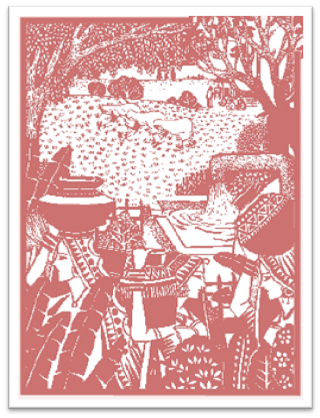Assessing Social and Gender Equity in the Water Sector
Sneha Bhat, Ravindra Pomane and Seema Kulkarni
 Structural inequity is one of the less addressed areas in the water sector. Inequities in water access, resulting due to caste, gender and class locations have not been sufficiently highlighted in debates and discussions around water policy and practice. Much of the water discourse is dominated by issues of scarcity and conflicts with little analysis of the social composition of the water sector and the implications it has on aggravating scarcity and conflicts.
Structural inequity is one of the less addressed areas in the water sector. Inequities in water access, resulting due to caste, gender and class locations have not been sufficiently highlighted in debates and discussions around water policy and practice. Much of the water discourse is dominated by issues of scarcity and conflicts with little analysis of the social composition of the water sector and the implications it has on aggravating scarcity and conflicts.
This Highlight tries to understand the interplay between water and equity by mapping the current status in terms of access to quality and quantity of water to different social groups. While mapping inequities, the effort is to assess the performance in the sector in three broad areas of contestations over: resources and rights, rules and rule making, and authority to enforce. An attempt is made to understand the
contestation in different domains which are non-homogenous with diverse interests and are bound in a relationship of both cooperation and conflict. Here, contestation takes place over water in myriad ways. For example, household is both a site of conflict and cooperation for men and women and so is the community. By using these terms, we are in no way assuming a harmonious and consensual relationship at any of these domains.

No comments:
Post a Comment